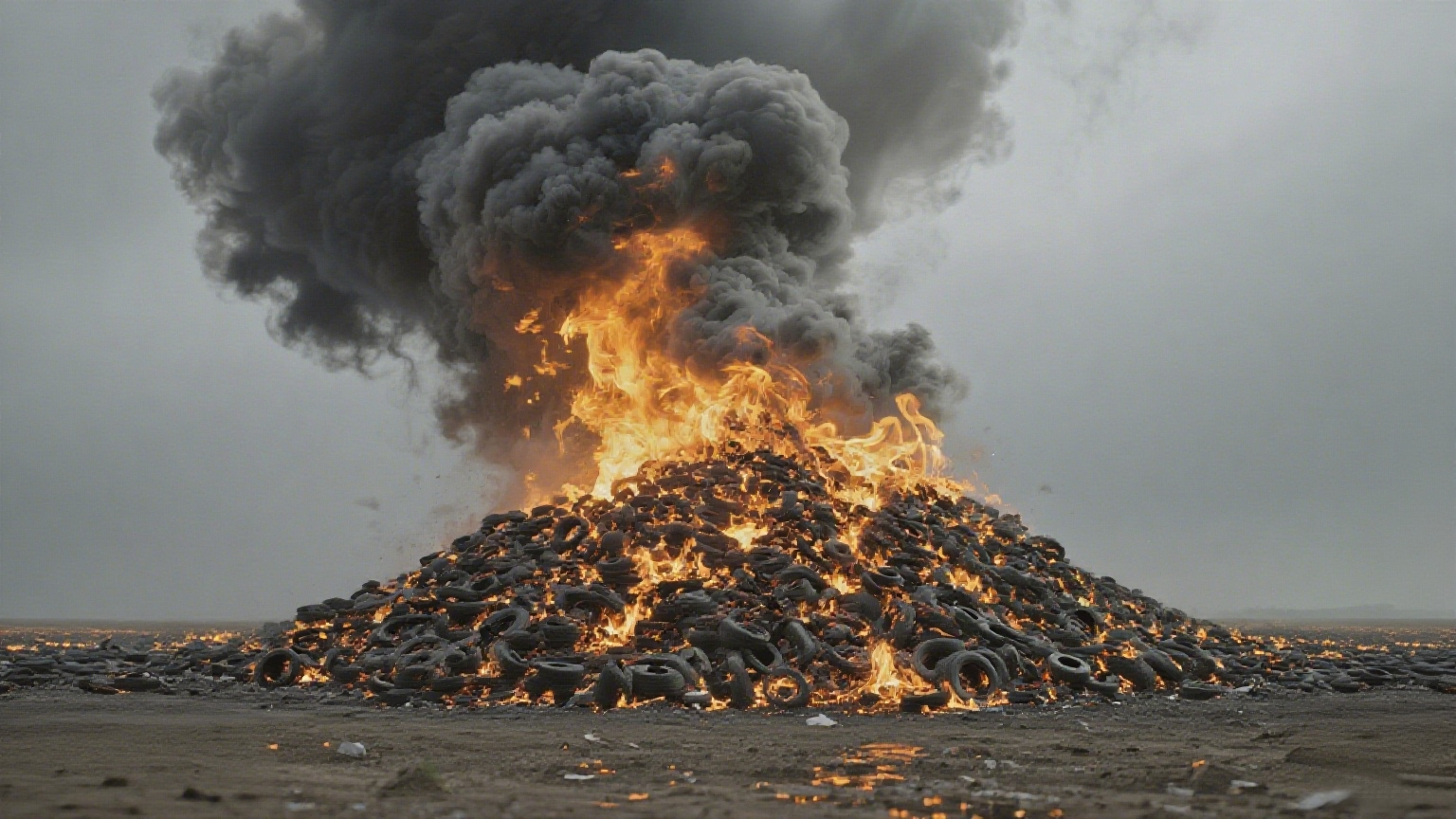
The Global Challenge of Waste Tires
Every year, over one billion tires are discarded worldwide—equivalent to more than 30 tires turning into waste every second. Most are landfilled, incinerated, or dumped in developing countries. None of these methods are sustainable: incineration releases toxic gases, while landfilling and dumping cause long-term soil and groundwater pollution, as tires take centuries to degrade.
Tires are composed mainly of rubber, carbon black, steel wire, and additives.
● Rubber – a highly elastic polymer, with natural and synthetic forms.
● Natural rubber contains polyisoprene; synthetic rubber includes styrene-butadiene rubber (SBR) and polybutadiene rubber (BR).
● These materials are built from the elements carbon, hydrogen, and oxygen, making them both durable and challenging to dispose of sustainably.

Under the conditions of oxygen-free and high temperature, these organic substances will pyrolyze into hydrocarbon compounds (liquid) and hydrocarbon gases. This is similar to diesel oil and natural gas in terms of composition and calorific value — which means they can be used as fuel.







